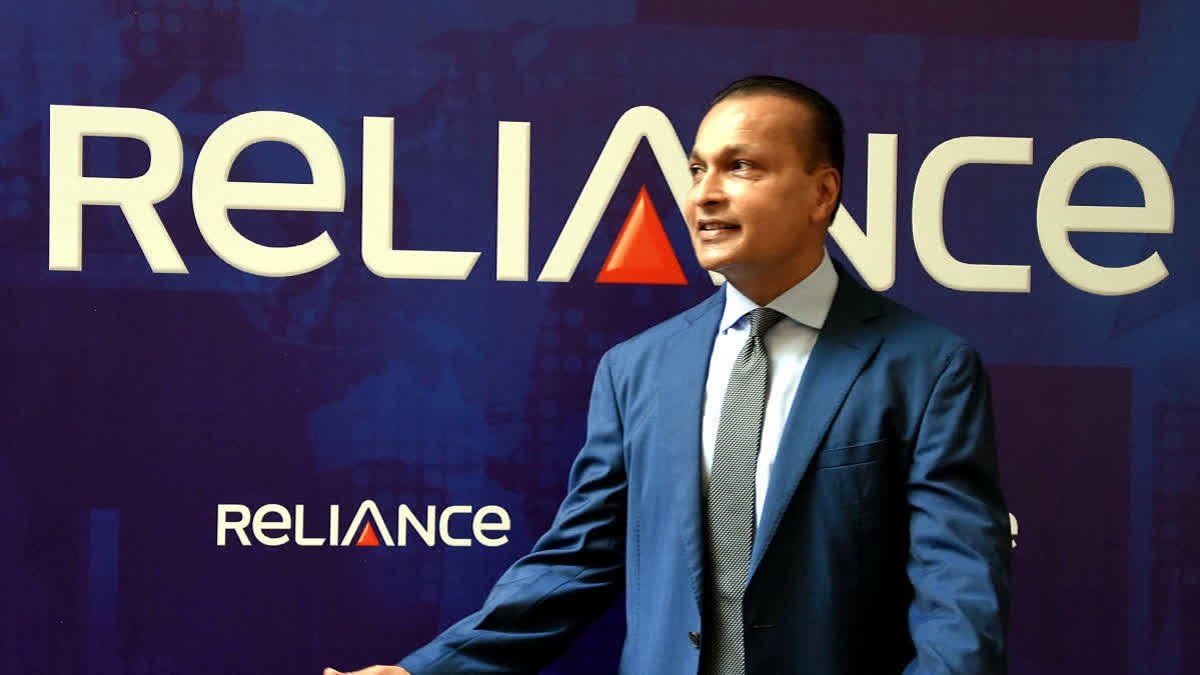India’s largest state-run lender, State Bank of India (SBI), has labeled Reliance Communications’ loan account as ‘fraud’, marking a significant escalation in regulatory scrutiny over the debt-laden telecom firm. The classification came after the bank’s Fraud Identification Committee (FIC) uncovered critical deviations in loan utilization, including alleged fund diversion and violations of borrowing terms.
As per a 23 June 2025 exchange filing, Reliance Communications, along with its subsidiaries Reliance Infratel and Reliance Telecom, collectively borrowed ₹31,580 crore from multiple banks. Of this, ₹13,667 crore was used to repay previous loans, while ₹12,692 crore—roughly 41% of the total—was routed to related parties, raising red flags within India’s banking ecosystem.
One notable violation involved a ₹250 crore loan from Dena Bank, intended for addressing short-term liabilities. Instead, the funds were allegedly routed to RailTel Corporation of India (RCIL) as an Inter-Corporate Deposit (ICD), a move SBI says masked the true end use of funds and circumvented regulatory oversight.
Routing, Repayments, and Regulatory Red Flags
According to the FIC’s investigation, Reliance Communications later claimed that the ₹250 crore was used to repay an External Commercial Borrowing (ECB) from BNP Paribas. However, SBI found no direct evidence supporting this, suggesting that “routing of the transaction” through RCIL was deliberately executed to obscure the origin and usage of funds. The bank concluded that this move potentially avoided seeking regulatory approval from the Reserve Bank of India (RBI), which governs ECB regulations.
In another instance, a loan of ₹248 crore from India Infrastructure Finance Company Ltd (IIFCL) was earmarked for capital expenditure but was instead split into ₹63 crore to RITL and ₹77 crore to RIEL—again routed via RCIL. SBI’s FIC noted that no explanation was provided by Anil Ambani or his management for these roundabout transfers.
These misuses are being interpreted not just as financial missteps but as deliberate acts of concealment and misappropriation, prompting SBI to consider notifying the RBI and other enforcement bodies about former director Anil Ambani’s alleged role.
₹31,580 Crore Web of Debt and Related Party Deals
A detailed breakdown of Reliance Communications’ loan utilization paints a picture of widespread financial mismanagement. Out of ₹31,580 crore in total loans:
- ₹13,667.73 crore (44%) was used to repay prior loans.
- ₹12,692.31 crore (41%) was paid to connected parties, suggesting undisclosed intra-group obligations.
- ₹6,265.85 crore was specifically used to repay loans from other banks, including SBI itself.
- ₹5,501.56 crore went to related and connected entities, raising corporate governance concerns.
- ₹1,883.08 crore was invested, but the investments were quickly liquidated and funneled into operational or related-party payments.
SBI’s findings underscore a pattern of circular transactions, asset masking, and possible violation of loan sanction conditions. The bank emphasized that these practices represent a breach of trust and fiduciary responsibility, aligning with India’s legal definition of fraud under RBI guidelines.


